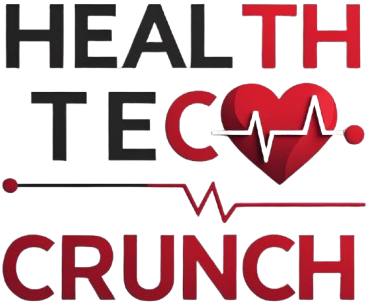Interoperability and Data Sharing: Bridging the Gaps in Healthcare

Interoperability and Data Sharing: Bridging the Gaps in Healthcare
In today’s digital age, the promise of better healthcare hinges on one crucial factor-interoperability. This concept, which refers to the ability of different healthcare systems and technologies to communicate and exchange data seamlessly, is becoming the backbone of efficient, patient-centered care. Yet, despite its importance, achieving true interoperability remains a complex challenge for healthcare providers worldwide.
Imagine a patient’s journey through the healthcare system. They visit multiple specialists, undergo various tests, and receive treatments across different facilities. Each provider generates valuable data-medical history, lab results, imaging scans, medication records. If these pieces of information are trapped in isolated systems that don’t talk to each other, the patient’s care becomes fragmented. Providers may miss critical insights, repeat tests unnecessarily, or make less informed decisions. For patients, this can mean delays, frustration, and even risks to their health.
The challenges to interoperability are many. Healthcare systems often use different software platforms, each designed independently with unique data formats and standards. These technical differences create barriers to smooth data exchange. Privacy and security concerns further complicate the picture. Protecting sensitive health information is paramount, and strict regulations require that data sharing happens only under secure and authorized conditions. Balancing openness with confidentiality is a delicate act.
Moreover, there are organizational hurdles. Healthcare providers may hesitate to share data due to competition, mistrust, or fear of losing control over patient information. Lack of standardized protocols and inconsistent adoption of common frameworks slow down progress. Even when data is shared, varying quality and completeness of records can limit its usefulness.
Despite these obstacles, the need for interoperability is more urgent than ever. Seamless data sharing can transform healthcare by enabling coordinated care, reducing errors, and improving patient outcomes. It supports innovations like telemedicine, remote monitoring, and personalized treatment plans. In emergencies, quick access to comprehensive medical data can be life-saving.
Solutions are emerging from collaboration and technology. International efforts to establish common data standards and protocols help bridge technical divides. Health information exchanges create networks where providers can securely share patient information across institutions. Advanced encryption and authentication methods ensure that data privacy is maintained. Cloud computing offers scalable platforms for storing and accessing health records.
Importantly, fostering a culture of cooperation among healthcare stakeholders is vital. Encouraging open dialogue, trust-building, and patient consent management can ease organizational concerns. Educating providers and patients about the benefits of interoperability also promotes acceptance.
At its core, interoperability is about connecting people-patients, doctors, nurses, and caregivers-through timely and accurate information. When data flows freely yet securely, it empowers healthcare professionals to deliver personalized, efficient care. Patients gain confidence knowing their information is accessible whenever and wherever it’s needed.
As healthcare continues to evolve, breaking down data silos will be a defining step toward a more integrated, responsive system. The journey may be complex, but the reward is clear: a future where healthcare is smarter, safer, and more compassionate because everyone has the right information at the right time.
















